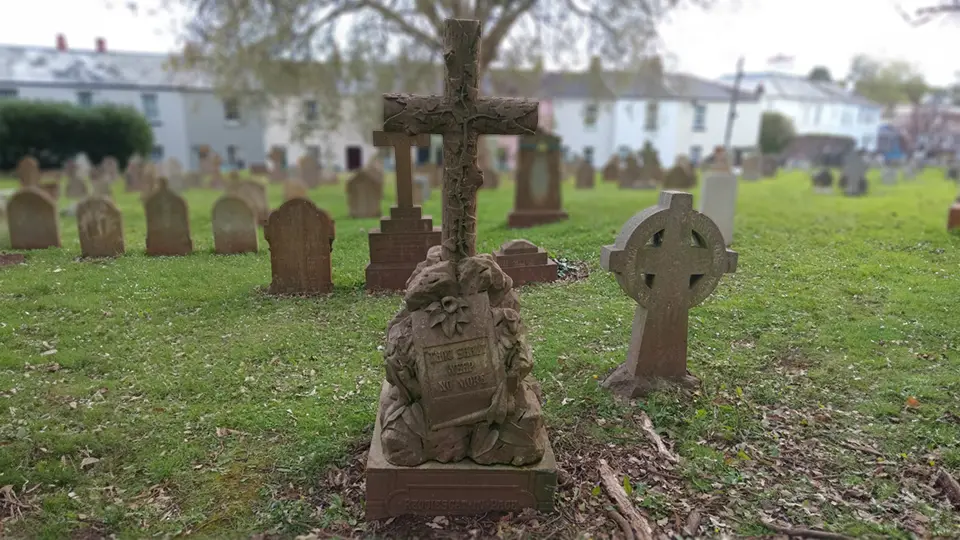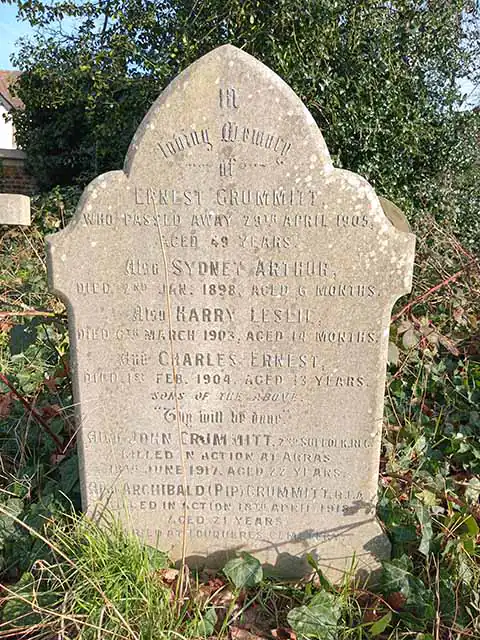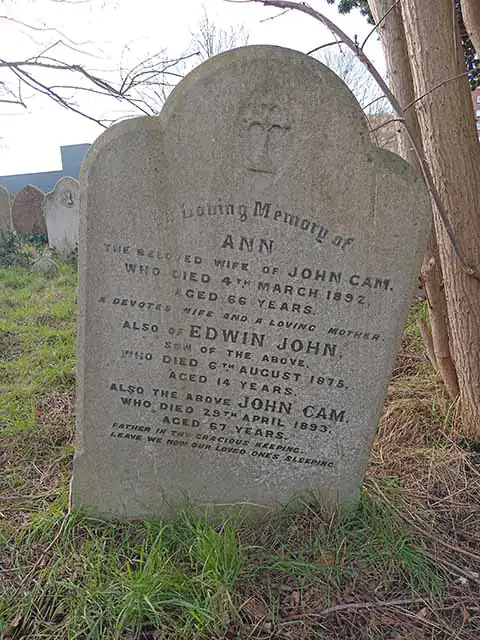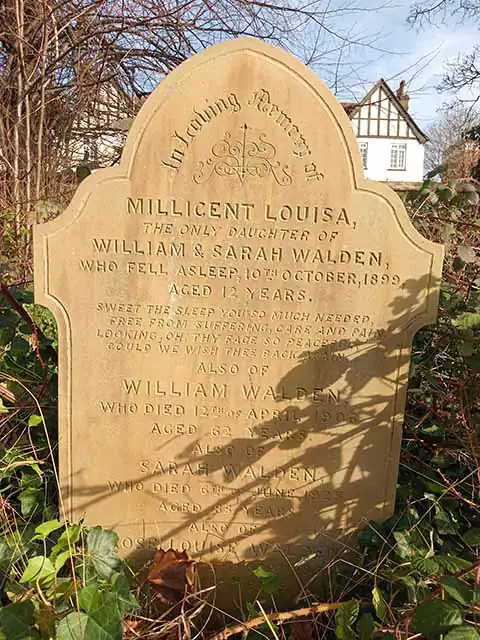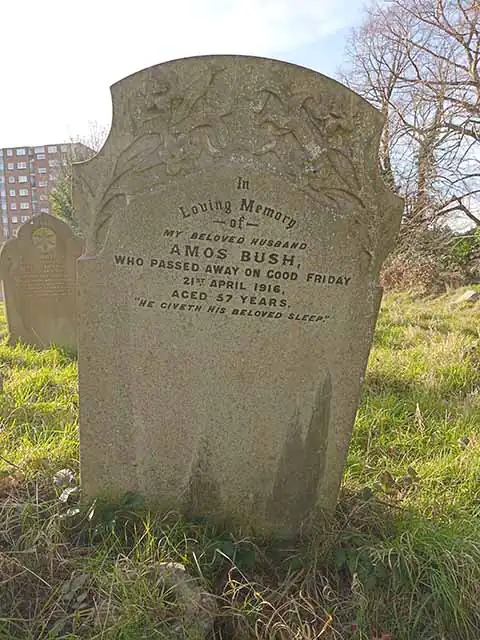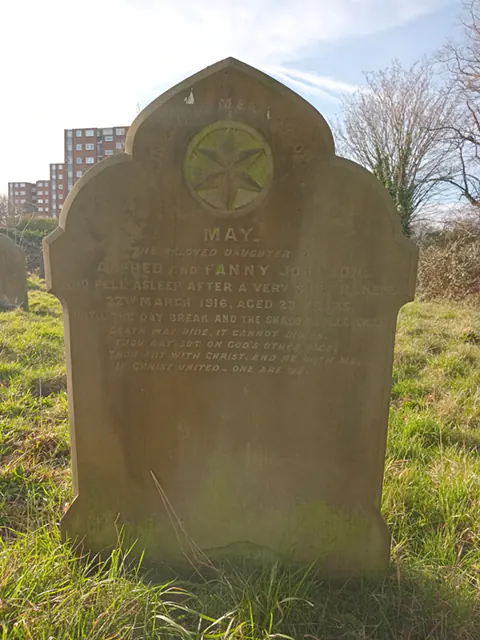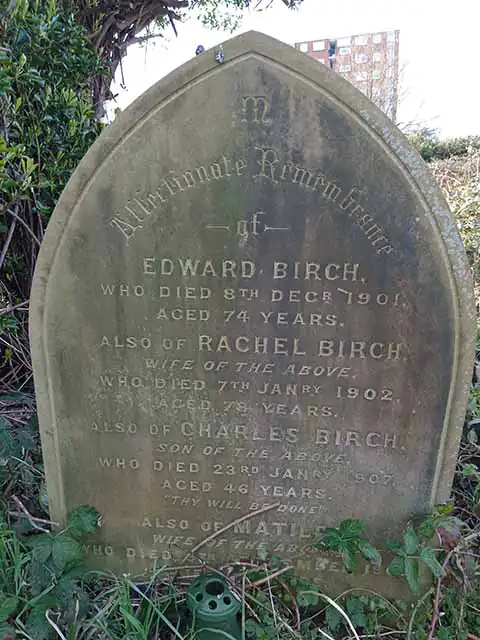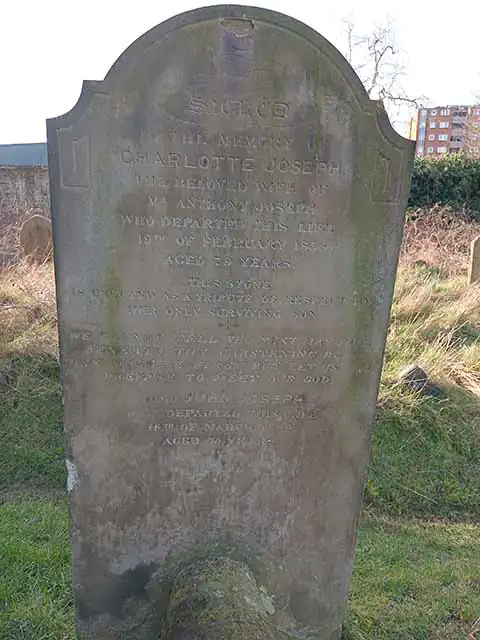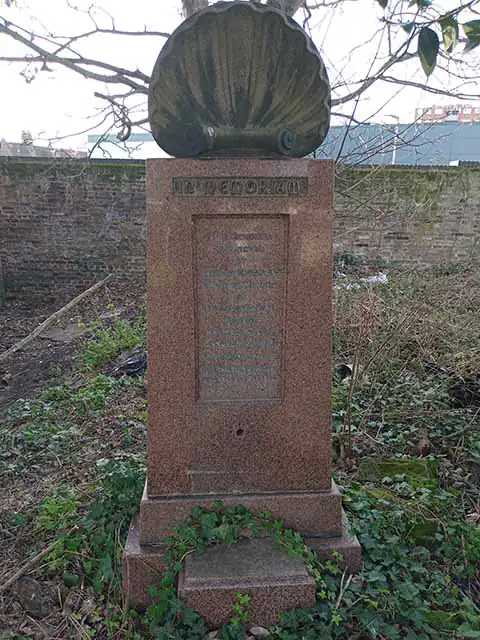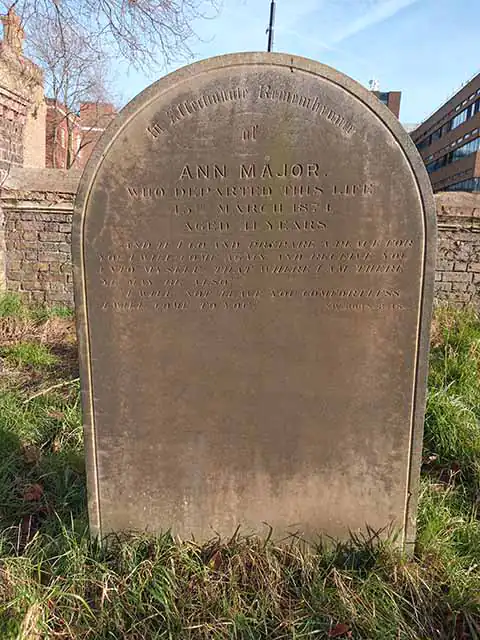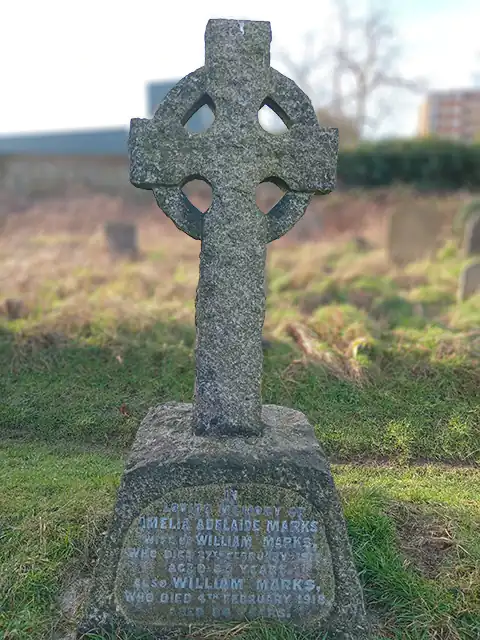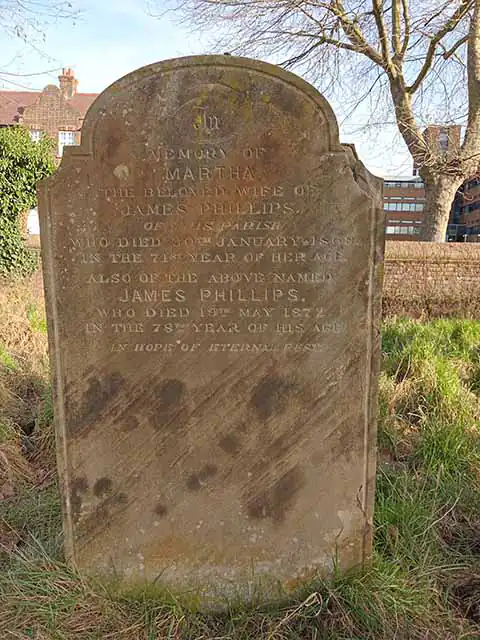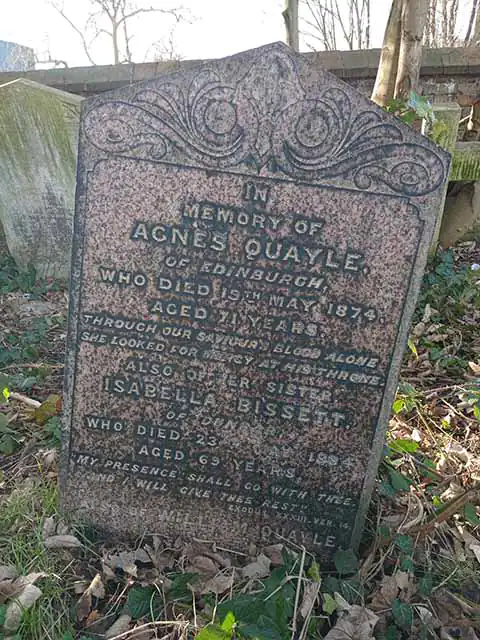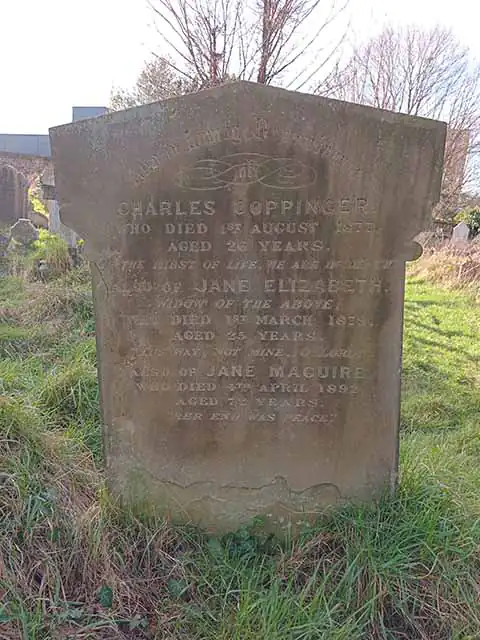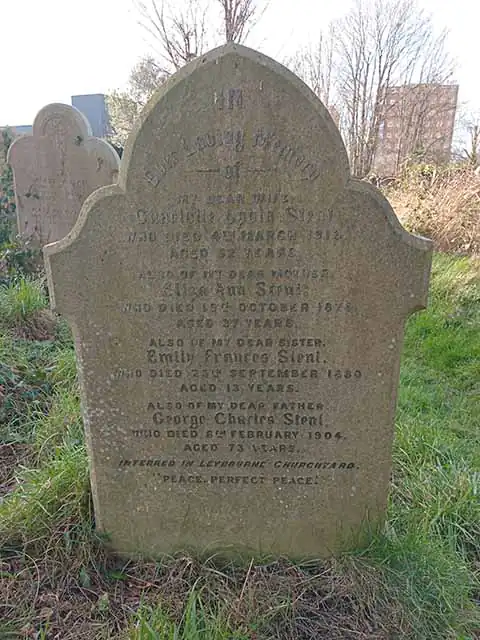Many English cemeteries hold an abundance of different English headstones. While many of today’s modern headstones are quite plain compared to the more grandeur designs of the past.
Headstones serve as lasting markers of the departed, encapsulating the essence of an individual’s life and times. Over the centuries, English headstones in common with other cultures have evolved, reflecting changing societal attitudes, artistic trends, and advancements in craftsmanship. In this article, we’ll delve into the distinctive designs that adorned English cemeteries from the 18th to the 20th century, capturing the essence of each era.
Key takeaways
- English headstones in common with other headstones have changed design over the years.
- Inscriptions were more formal in older headstones.
- The type of stone has also changed over the years.
- Modern stone machining has meant that more can be done than previously.
Table of contents
English Headstones: Georgian grandeur (1714-1837)
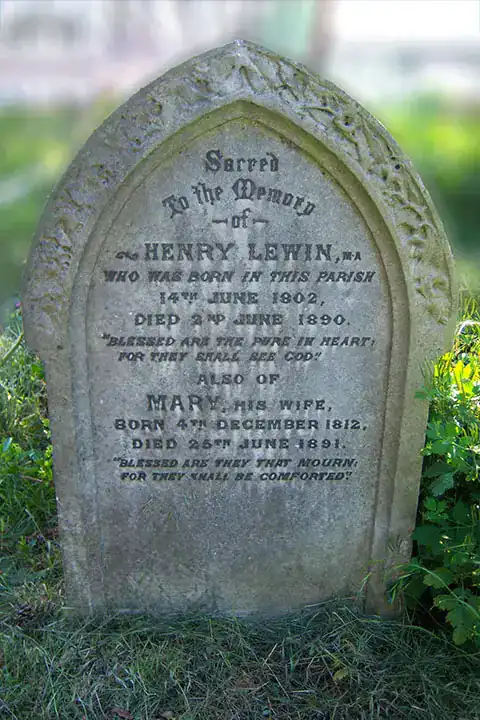
The Georgian period marked the transition from the Baroque to the Neoclassical style, and this influence extended to headstone designs. Elaborate and symmetrical, Georgian headstones were often characterised by intricate carvings, including motifs such as cherubs, urns, and draped urns, reflecting a fascination with classical aesthetics.
The use of slate and sandstone was common during this period, with inscriptions often written in elegant calligraphy. Winged angels, symbolising resurrection, were also popular embellishments on these English headstones. The inscriptions were usually formal and often used more words than was necessary, emphasising the virtues of the departed.
English Headstones: Victorian sentimentality (1837-1901)

The Victorian era ushered in an age of sentimentality, reflected in the elaborate headstone designs that adorned graveyards. The rise of the Romantic movement influenced the use of symbolism on gravestones, with motifs like weeping willows, broken columns, and clasped hands gaining popularity.
In this period, the headstones often became larger and more ornate, with marble replacing the earlier preference for slate and sandstone. The Victorians embraced the idea of expressing emotions openly, and this was reflected in the heartfelt inscriptions that were present on many headstones.
English Headstones: Gothic Revival (1830s-1900s)
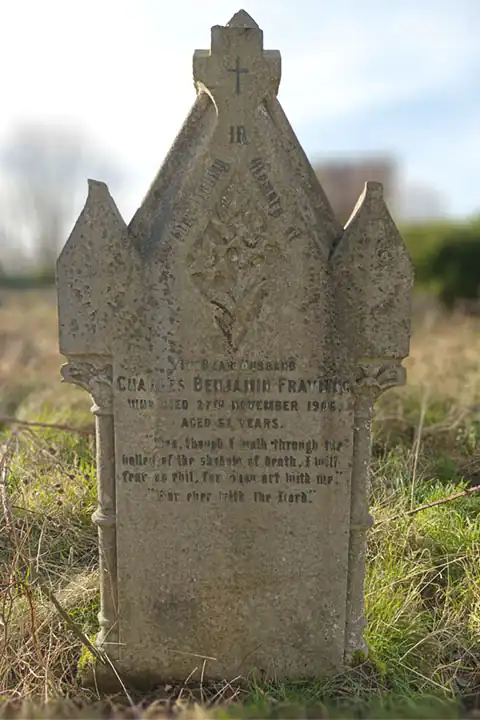
Inspired by mediaeval architecture, the Gothic Revival movement left an indelible mark on headstone designs during the Victorian era. Headstones featured pointed arches, trefoils, and tracery, creating a sense of Gothic grandeur. This style was particularly prevalent in the mid-19th century, aligning with the broader Victorian fascination with the romanticised mediaeval past.
Crosses and spires became common, and the use of granite gained popularity due to its durability and suitability for intricate carvings. The inscriptions during this era often took on a more religious and spiritual tone, mirroring the Gothic influence on English cemeteries.
English Headstones: Arts and Crafts movement (1880s-1920s)
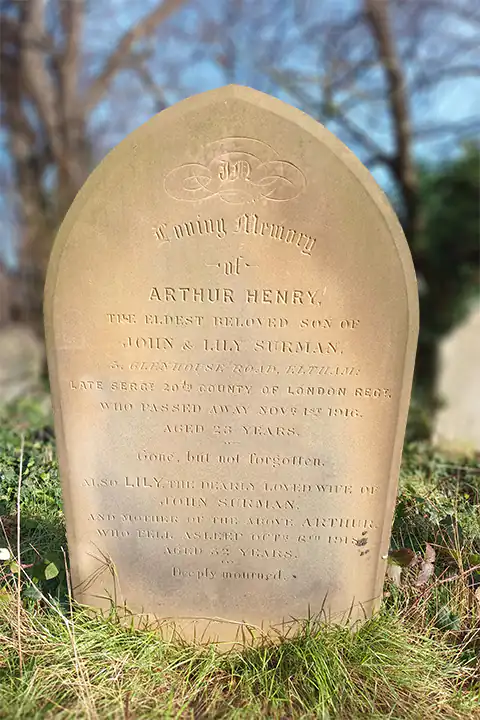
As the 19th century gave way to the 20th, the Arts and Crafts movement emerged, emphasising craftsmanship and a return to simplicity. This movement influenced headstone designs, leading to a departure from the ostentatious Victorian styles.
During this period, English headstones became more personalised, with an emphasis on handcrafted details. Simple crosses, unadorned slabs, and natural motifs became popular, reflecting a shift towards a more individualistic approach to memorialization. Inscriptions were often understated yet deeply personal, capturing the essence of the person rather than adhering to conventional religious or moralistic figures of speech.
English Headstones: Art Deco elegance (1920s-1930s)
An example of an Art Deco headstone can be seen by visiting the link and below.

The interwar period saw a departure from the elaborate designs of the Victorian and Edwardian eras, giving way to the sleek and geometric appearance of Art Deco. Headstones during this time featured clean lines, bold shapes, and stylised ornamentation.
Materials like polished granite, marble and bronze became more popular , adding a modern touch to cemetery landscapes. The inscriptions, while still sentimental, often embraced a more clear and direct expression of grief. Art Deco headstones reflected the contemporary design trends of the time, marking a departure from the ornate styles of the past.
English Headstones: Mid/Late-Century modern simplicity (1940s-2000)
The post-World War II period brought about a further simplification of headstone designs. With an emphasis on functionality and minimalism, mid-century modern headstones often featured clean lines, unadorned surfaces, and simple shapes.
Materials like concrete and limestone also gained popularity for their versatility, and in the case of concrete, cost effectiveness. Headstones became shorter and more straightforward, mirroring the broader cultural shifts towards a more practical and less ornamented aesthetic.
Headstones and tombs materials
Headstones are made from various materials, each with its own characteristics and visual appearance. Some of the common materials used for headstones are:
- Dark, fine-grained metamorphic rock with a smooth texture
- Known for its natural beauty and ability to hold intricate carvings
- Resistant to fading and weathering
- Typically, available in shades of grey, blue, green, or purple
- Soft and porous sedimentary rock with a rustic appearance
- Easily carved but less durable compared to granite or marble
- Available in various colours, including shades of tan, brown, red, and yellow
- Prone to weathering and erosion over time, especially in harsh climates
- Sedimentary rock with a wide range of textures and colours
- Can feature fossils and other natural patterns
- Requires regular maintenance to prevent weathering and deterioration
- Offers a unique and often rustic appearance
- Extremely durable and weather-resistant intrusive igneous rock
- Available in a wide range of colours and patterns
- Can be polished for a shiny finish or left unpolished for a more natural look
- Allows for intricate designs and engravings
- A metamorphic rock known for its elegant appearance and soft, smooth shiny texture
- Typically, white or light-coloured, but can also be found in many colours
- Vulnerable to weathering and staining over time
- Often chosen for its timeless and classical aesthetic
- A metal durable and resistant to corrosion
- Often used for plaques and markers rather than full headstones
- Allows for detailed casting of inscriptions, emblems, and designs
- May be mounted on a granite or concrete base for stability
- Versatile and cost-effective material for headstones
- Can be moulded into various shapes and sizes
- Allows for customisation through engraving, painting, or embedding objects
- May lack the longevity and aesthetic appeal of natural stone options
- Mixtures of natural and synthetic materials, such as resin or fibreglass
- Offer durability and resistance to weathering
- Can mimic the appearance of natural stone or offer unique textures and colours
- Often used for eco-friendly or customisable memorial options
Elaborate tombs and memorials
Four well known wealthy people of their time from the 1700, 1800 and 1900’s with elaborate tombs/memorials who are buried in St John the Baptist Churchyard, Eltham, London SE9.
John North – The Nitrate King
Sir William Blenkiron – Racehorse breeder
James Cochrane Stevenson – Industrialist and politician
Sir William James Bart – Naval officer and politician
For additional information on the churchyard of historic Eltham Church visit the link.
Various old English headstones
Old English Tomb
Conclusion
The evolution of English headstones from the 18th to the 20th century reflects not only changing artistic preferences but also shifts in societal attitudes towards death and remembrance. Each era left its distinctive mark on cemetery headstones , a reflection of the way we remember and honour the deceased. As we continue into the 21st century, the legacy of these diverse headstone designs serves as a reminder of the rich tapestry of history, art, and culture that defines the English cemetery era..
For further general information on headstones worldwide visit the link.
Bespoke lower cost English headstones and fitting service can be found by visiting the link.

